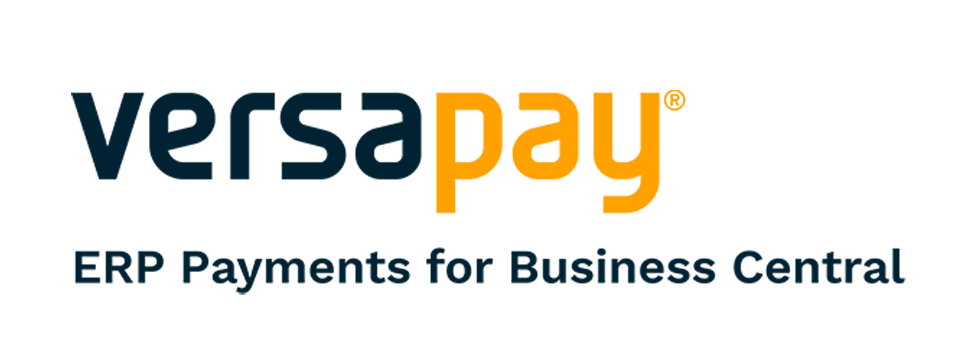More and more companies are migrating their enterprise resource planning (ERP) to the cloud. It relieves them of the burdens typically associated with installing and maintaining complex software systems, and it’s arguably more secure because it’s monitored 24/7 by dedicated experts. There is no question that cloud-based ERPs like Microsoft Dynamics 365 Business Central are gaining steam.
Rolling out a new ERP system can be highly disruptive to your organization. It usually involves reworking business processes to match the new system, re-training your personnel who use the ERP software, and integrating your other IT systems with the new cloud-based ERP.
It’s good practice to look for any way that change can be minimized
If you can handle some elements of the changeover ahead of time, for example, that will serve to smooth the transition and establish a strong sense of continuity. Financial reporting is an ideal candidate for this.
By planning ahead, organizations transitioning their ERP to the cloud can ensure that the switch can take place without disrupting the financial reporting process. That instills confidence in executive management–the stakeholders who care most about monitoring the organization’s performance.
Is Your Company Looking To Move to the Cloud but Don’t Know Where To Start?
Get Your FREE Cloud Readiness Assessment To Help You Build a Plan for Success.
The Many Problems of Manual Reporting Processes
Most organizations still use manual methods to gather their information from multiple software systems, collate and organize it, then apply formatting to suit their needs. This process can be tremendously burdensome for finance teams already stretched thin and struggling to do more with less. Let’s consider some challenges they face.
Tedious export/import or copy/paste processes
Manual reporting typically involves exporting data from your ERP system (and perhaps from other software packages as well), then importing it into a spreadsheet where it can be filtered, sorted, and formatted. The problem is that the exported data rarely conforms to the format you need. After all, that’s the very reason for bringing it into a spreadsheet in the first place. Someone needs to massage the data, remove any extraneous content, add formulas, apply formatting, and perhaps even include some narrative explanations.
It might not be so bad if you’re only performing that process once. However, when your finance team must go through all of those steps repeatedly, it adds to a tremendous amount of work. Imagine you’re performing the month-end close and discover the need to add just one more journal entry. Unfortunately, this affects several accounts that impact both the income statement and balance sheet. At best, that means making manual changes to the spreadsheet you’ve spent so much time carefully crafting. At worst, it means redoing the whole thing.
 Manually exporting data and formatting it into a spreadsheet for reporting
Manually exporting data and formatting it into a spreadsheet for reporting
is a time-consuming and error-prone process.
A high risk of errors
Another major issue with manual reporting processes is the high likelihood of introducing errors into the data. Errors can happen for several reasons. For example, imagine your finance team has built a spreadsheet summarizing general ledger data imported from your ERP system. They have built a series of complex formulas that seem to work perfectly every time.
Then, your company adds a few new general ledger (GL) accounts to the chart. All of a sudden, you have new rows in your source data. Those complicated formulas your team painstakingly created no longer work properly because they weren’t designed to accommodate that kind of change. What’s even worse, is these kinds of errors are often overlooked until after an erroneous report has been presented to management or published to an external audience.
A static (therefore outdated) view of the business
Another major problem with manual processes is that they don’t reflect what’s happening in your business in real-time. Every time you export from your ERP system, you take a snapshot of the data that only reflects a single moment in time. Any activity that occurs from that point forward is excluded from the report. Consequently, any financial reports you build using manual methods are immediately out of date, starting from the very moment they are created.
We live in a rapidly changing world. The current environment calls for a quick response to opportunities and threats. That means having rapid access to information so that management can monitor events in real-time and act quickly when the situation calls for it.
Limited collaboration and version control
Manual spreadsheets typically lack the powerful collaboration features needed in today’s business environment. Finance teams must have robust communication tools, version control, and the ability to distribute reports securely and efficiently. Using spreadsheets as a standalone tool, with files stored and managed on individual users’ hard drives, is inefficient and risky. Newer versions of a file may inadvertently be overwritten by outdated versions. Worse yet, information may be lost altogether if a laptop is stolen or a hard drive fails.
The challenge of effective collaboration has become even more important at a time when remote work has become the norm for many organizations.
Creating a Smooth Transition to Cloud ERP
If your organization is thinking about an ERP migration to the cloud, now is the perfect time to shift to a robust, purpose-built financial reporting solution. By upgrading your reporting capabilities today, you can create immediate value for your company while building a bridge that will ease your transition to cloud ERP when the time comes.
Spreadsheet Server from insightsoftware enables your finance team to produce flexible, powerful reports using Microsoft Excel. It connects directly to your live Business Central data, so instead of grappling with the challenges and shortcomings of manual processes, Spreadsheet Server shows you exactly what’s happening in your business in real-time.
Because Spreadsheet Server connects with Business Central out-of-the-box, the transition can happen seamlessly, without changing out your financial reporting tools. This reduces the time, expense, and risk associated with your ERP implementation because there is no need to design and develop new reports or train personnel in using new reporting software. It also provides a strong sense of continuity during an otherwise disruptive process.
If your organization is considering a transition to Business Central SaaS, or even if you’re unhappy with your current manual reporting processes, it’s well worth spending a bit of your time to learn more about Spreadsheet Server.
Click Here to view the original blog post.







